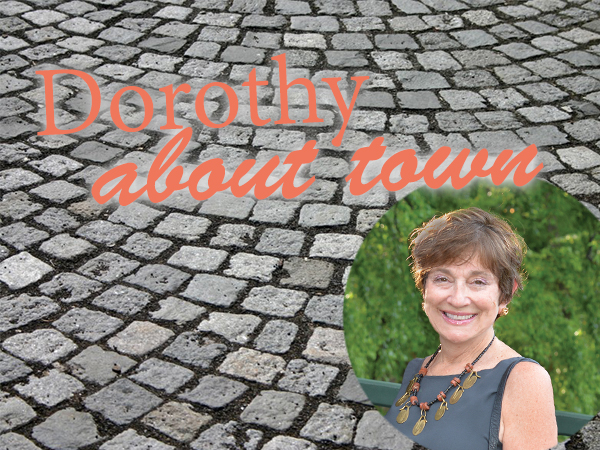A special exhibit on display through February 10 at the Saint Louis Art Museum has close ties to the local community. Artist Kehinde Wiley, who created the official portrait of President Barack Obama, came here to paint St. Louisans in his signature ‘street casting’ style. The approach is a remarkable reversal of the staid portraits in classical Western European art, and the 11 large paintings on display are both visually and emotionally riveting. What Wiley does is paint everyday African-Americans in the style of famous traditional portraits.
Foremost in the exhibit is the very obvious reminder that Western art traditionally has excluded entire segments of society. Wiley reminds us of this omission while also communicating a 21st-century evolution: Art is for all, not just the monied and titled classes. It’s also a reminder of how selective the canon has been for centuries in terms of what is art-worthy: saints, gods, clerics, nobility. But the real world goes way beyond that; so do beauty, dignity and humanity.
Most likely you won’t recognize the people Wiley has immortalized in living color. He chose subjects he met in Ferguson and other North County spots—women sitting in a Wellston pizzeria, men from a Ferguson barbershop— who were paid a nominal fee and instructed to wear what they felt comfortable in to pose for the photos used for his portraits. The resulting paintings depict both ‘everyman’ and distinct men and women with their own real lives and differences. What’s interesting is the way the portraits make you reflect on how much has changed and how much hasn’t.
